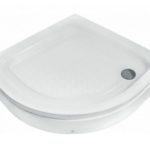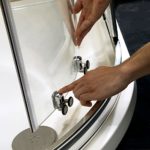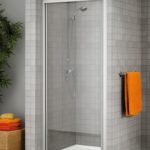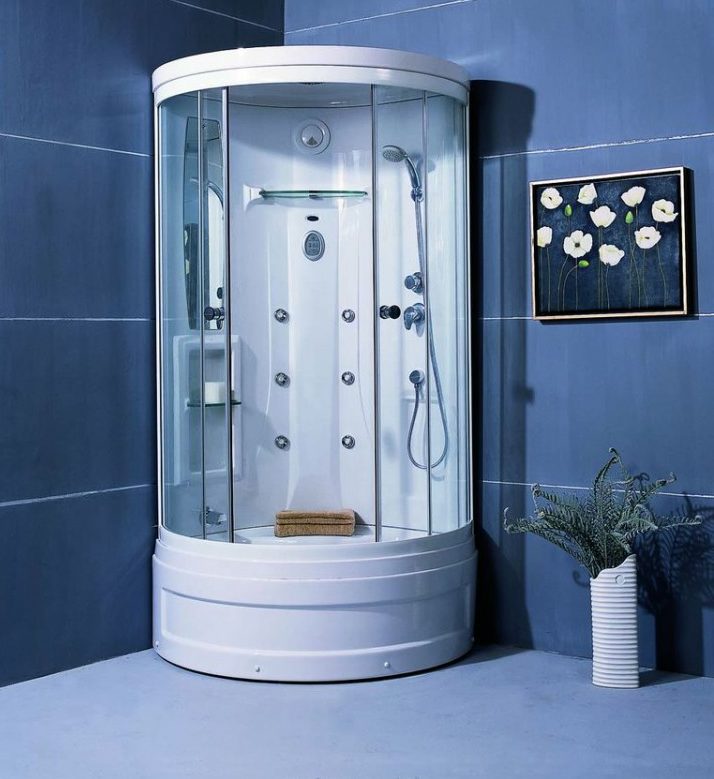Connecting the shower cabin to the water supply, instructions, tips
The popularity of shower cabins has long surpassed the demand for traditional bathtubs. This is not surprising. These designs significantly free up usable space in the room, and they also use less water, which affects financial well-being. But since this plumbing costs more than a traditional bathtub, many owners try to ease their financial burden and connect them to the water supply and sewerage system on their own.
This procedure is not particularly complicated and does not require special tools, but to prevent the risk of errors, you should know how to do it correctly. It’s good that all the booths are identical in design. These are two main parts: a tray and a frame with a door. Another option is a completely sealed device.
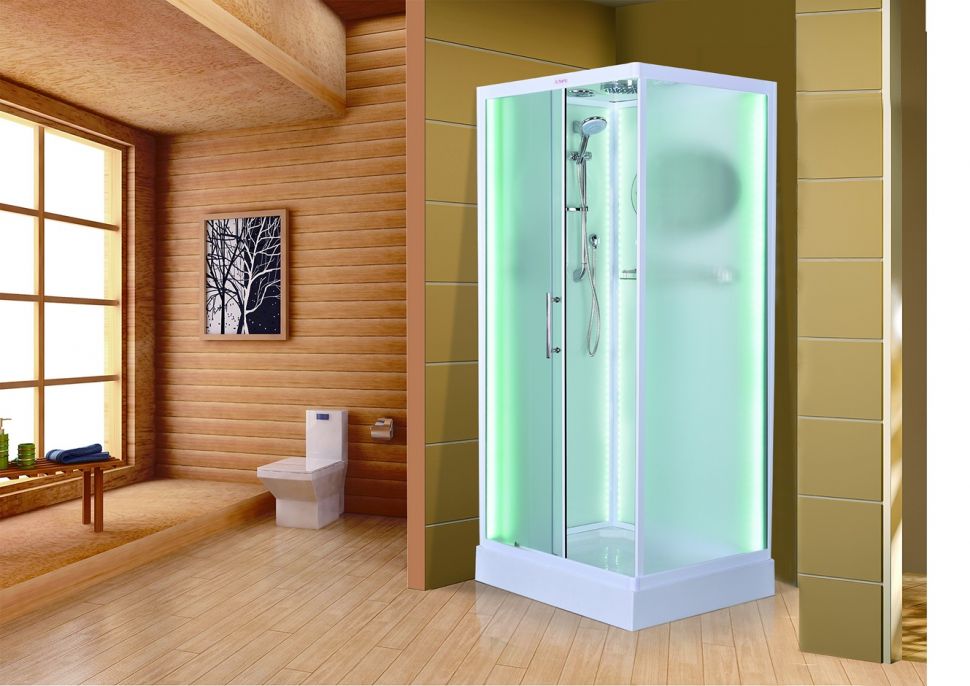
The content of the article
Types of shower cabins and features of their installation
A small box is the appearance of a shower stall. They are equipped with a tray, enclosing elements with doors and water supply devices (taps, watering can and nozzles).
There are varieties equipped with a radio point, a steam generator and aromatherapy devices.
There are two types of booths:
- Open type - have no ceiling, only side rails.
- Closed type - the space is completely enclosed.
Sizes may vary - compact models have an aspect ratio of 70 by 70 centimeters. Large structures reach dimensions of 2 by 2 meters; instead of a pallet, they have an acrylic bathtub installed.
Dimensions do not affect the methods of connection to water supply and sewerage. All connection diagrams, technologies and tools are the same in all options.
Questions may arise when connecting models without a pallet. In this case, it is necessary to arrange water drainage and drainage in the floor.
The easiest way to install is the standard model, which has a tray and a panel. The task will be to install a siphon and supply hot and cold water.
Attention! Pipelines must be routed prior to installation.
To connect such a model, you will need to install all communications, install a mixer and decorate everything with tiles.
Preparing for installation and connection
Before connecting a shower stall, no matter what type, it is necessary to place outlets for the water supply and sewerage systems near the place where this structure will be installed, directly in the wall and floor. If an open-type device is installed, then a water socket for the mixer must be installed in the wall.
A sewer pipe with a cross-section of 50 millimeters is placed at some distance from the floor level and connected to the central riser. The hydrobox is equipped with inlets for connecting to the water pipeline; water flows from the water outlets through plumbing hoses.The installed cabin must match the height of the sewer drain - if the pallet has short legs, they are extended or placed on a pedestal.
You need to prepare the following:
- siphon included in the kit;
- water hoses;
- polymer hoses for distributing water inside the cabin;
- screwdriver, pliers;
- spanners;
- sealant;
- level;
- hammer drill
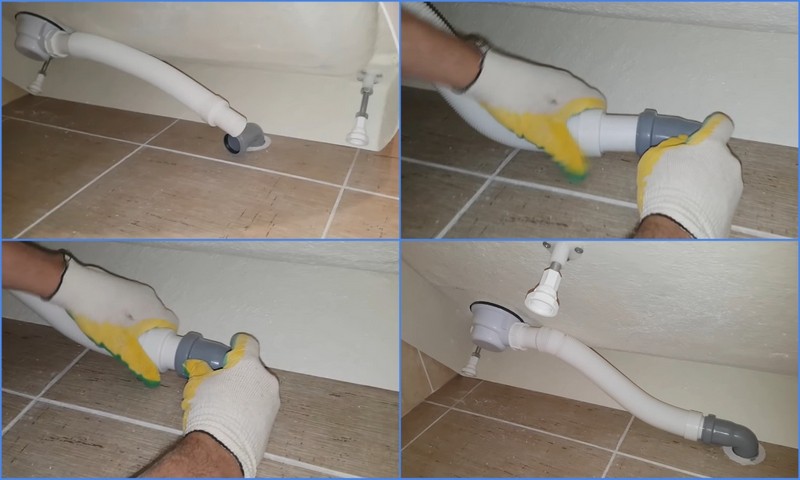
DIY installation technology
It is customary to start assembling the cabin structure from the pallet. You can install it with a frame or do without it.
Assembling the pallet
The material for making the pallet frame is metal. The main thing in the frame is high-quality fastening of the elements. A frame is a frame structure made of beams installed crosswise.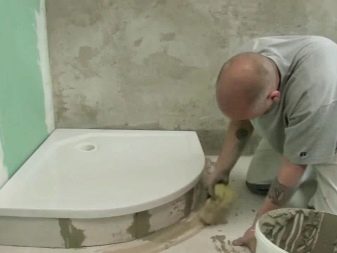
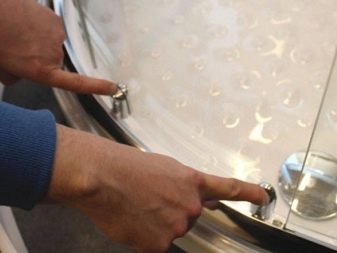
We act according to the following plan:
- We screw the studs into the holes of the pallet.
- Screw the nuts onto the studs. We attach one from below, and the second for support.
- We put the frame support on the studs.
- We place the central leg and fix it.
- We fix the fastening beams.
- We use brackets to support the screen.
- We put the pallet in place.
When installing a pan, it is important to drain correctly. We install the siphon. An important detail is to check the joints for leaks. If there are leaks, they must be repaired with sealant.
Small pallets do not require a frame. The main thing here is to install the siphon correctly. Disconnect the hose from the clamp. We connect the siphon to the pan - before doing this we treat the joints with sealant. We wait for the sealant to harden. Then we put the hose and clamp back.
After fixing, check the tightness. After pouring water, see if any leaks are visible. This is very important; it is better to fix everything at this stage than to disassemble the entire structure if something goes wrong.
Communications
An important point in installation is the connection to the sewerage system.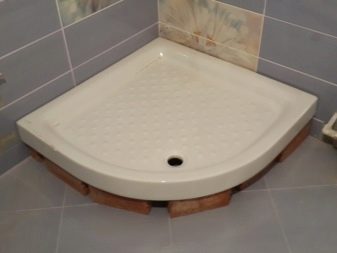
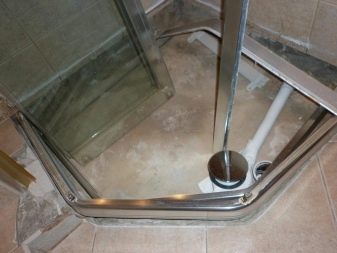
We proceed according to this scenario:
- There is a film around the contour of the drain hole; it should be removed.
- We will replace the installed rubber gasket with silicone.
- Installing a siphon.
- Lubricate the threaded connection and the lower part with sealant.
- We connect a siphon to the sewer system. We treat the joints with silicone.
Walls, doors and roof
Despite the fact that this is the easiest stage of installation, it would be better to enlist the help of a partner. This will greatly simplify the entire procedure. When installing the structure, follow the manufacturer’s advice, because the devices, although similar to each other, each cabin has its own differences. The walls are fixed with bolts.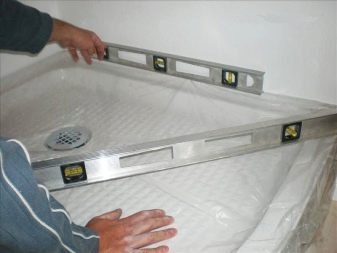
Sequence of work:
- Remove the film from the top of the pallet, leaving it only on the bottom.
- Moving the pallet away from the wall, we install the wall.
- We connect it to the corner of the hole in the pallet and fix it. The main thing is not to overdo it. Screws must be screwed in without overtightening.
- We mark the corners with holes with a marker.
- Remove the partition and apply sealant.
- We put the partition back and remove the excess sealant.
- We place a tray with a partition against the wall and try on the central part.
- We apply sealant to the joints of the side panels.
- We connect the walls and the central part.
- We fasten the remaining walls, like the first.
- We treat the profile with sealant and install partitions.
- We place the profile at the top and bottom. We treat the bottom one with sealant.
Assembling the roof:
- We unscrew the ventilation grilles and remove the film.
- We treat the watering can with silicone. This will make the connection tighter.
- We're putting up a ceiling. We tighten it from the bottom with self-tapping screws.
- We secure the hoses to the slats with clips.
- Based on the color marking, we connect the wiring.
- We connect the device, check the supply of water and electricity.
- We seal the central part and along the lower perimeter.
Putting up the doors
After completing the assembly, we install the doors. Usually this doesn't raise any questions.
We proceed this way:
- We fix the limiters using self-tapping screws;
- We put handles on the doors;
- we attach moldings with magnets to the door, install rollers with the wheels facing out;
- We place the door on the upper rollers.
This completes the installation. Don’t forget to check how smoothly the doors move and how tightly they close.
Connecting to the water supply system
If there is a high-quality wiring of water outlets in the wall, then supplying water to the shower is not a very difficult task. Both hot and cold water are supplied through the rear panel, which does not completely cover the space. Water sockets are installed in an uncovered place on the wall.
How they will be located does not matter. They are not visible behind the wall of the booth. Owners of their own homes often seal pipelines from heaters inside the wall so that the cabin fits freely against the wall. The shower room is connected to the water supply network in several steps:
- To make it more convenient to connect the hoses to water outlets, angled adapters are inserted into them. To make the connection tight and airtight, a thread is screwed onto the thread.
- Connectors are screwed onto the adapters; American type connections do not require sealing; there is a rubber gasket there.
- We attach the hoses to the fittings. We dilute the water inside with flexible tubes that come with the device and secure them with clamps. According to the electrical diagram, we supply electricity - the control unit is located on the rear side of the cabin.
Important! The booth must be grounded, it must operate through an RCD, the cross-section of the wires must be at least 2.5 square millimeters.
Having studied all the technology for assembling a shower, the features of connecting it to the water supply system, you will be able to carry out the installation and connection yourself.

